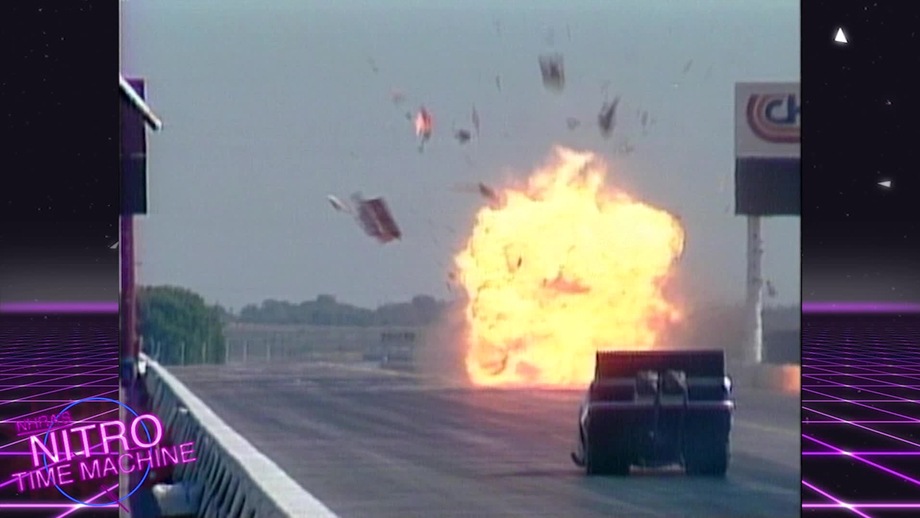Ahem. 
With roughly half the power nitro cars produce today and quarter-mile speeds around 280, Mark Oswald puts on a weenie roast like no other at the Texas Motorplex, as violent as anything we've witnessed in the 30 years since. I was standing by the fence maybe 100 feet away when this thing went off. I've seen plenty of still pictures but never a video (posted on NHRA's home page right now).

 www.nhra.com
www.nhra.com
With roughly half the power nitro cars produce today and quarter-mile speeds around 280, Mark Oswald puts on a weenie roast like no other at the Texas Motorplex, as violent as anything we've witnessed in the 30 years since. I was standing by the fence maybe 100 feet away when this thing went off. I've seen plenty of still pictures but never a video (posted on NHRA's home page right now).

Relive one of the biggest Funny Car blasts in history: Mark Oswald in Dallas in 1990
Long before Mark Oswald was a crew chief on Antron Brown's Top Fueler, he was a successful Top Fuel and Funny Car driver for the Candies & Hughes team but as you'll see this is this clip, tings didn't always go right for Oswald and team.

